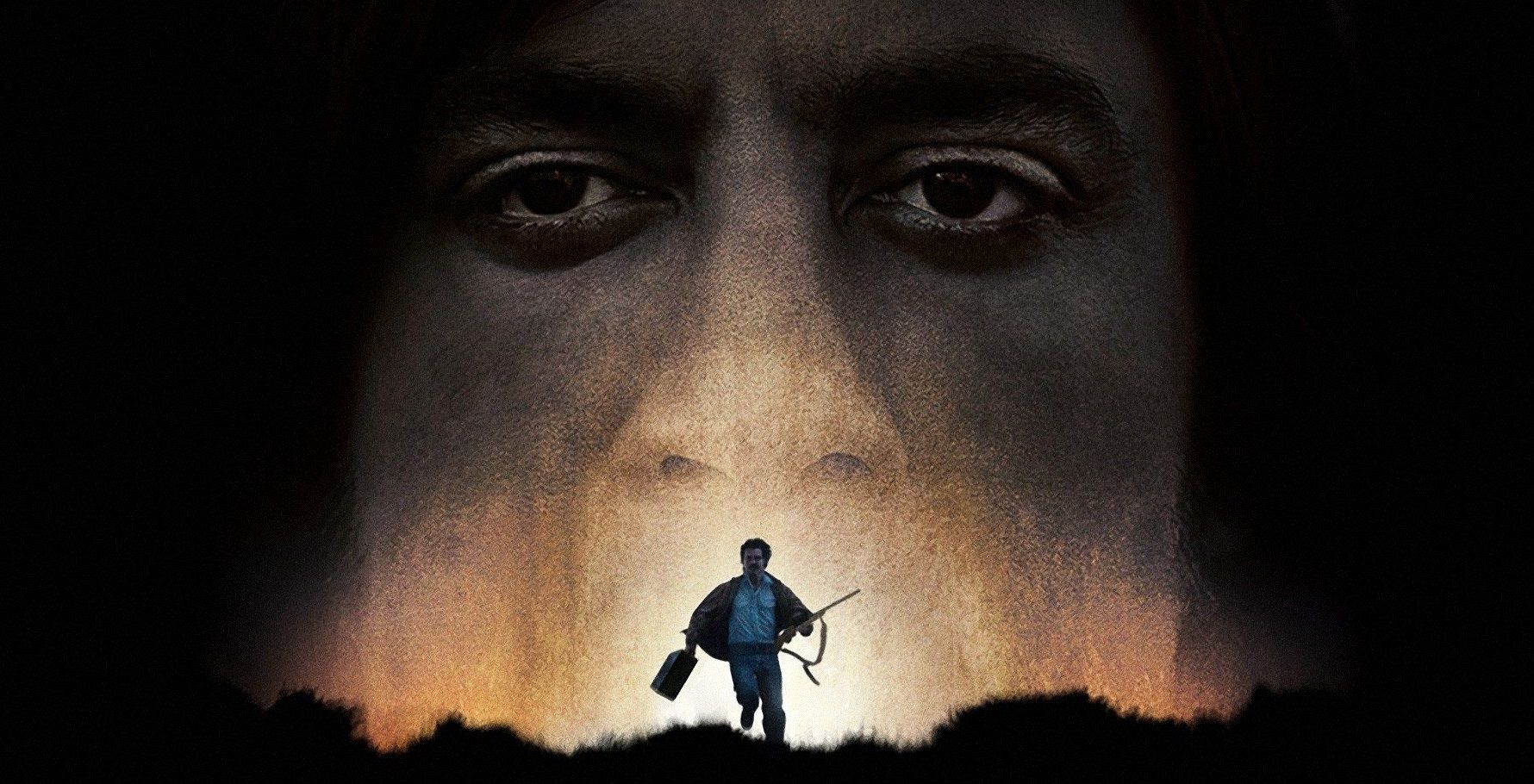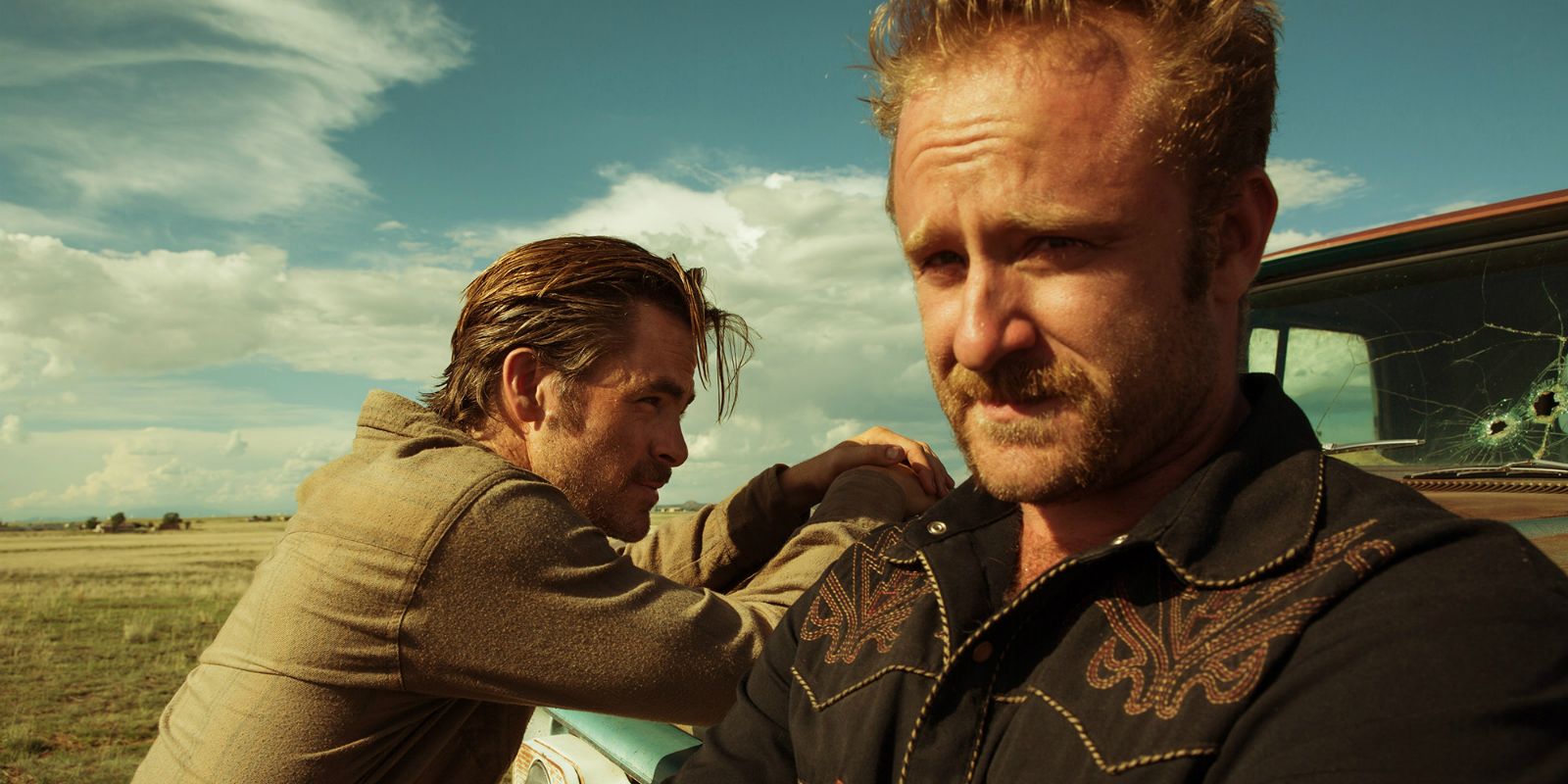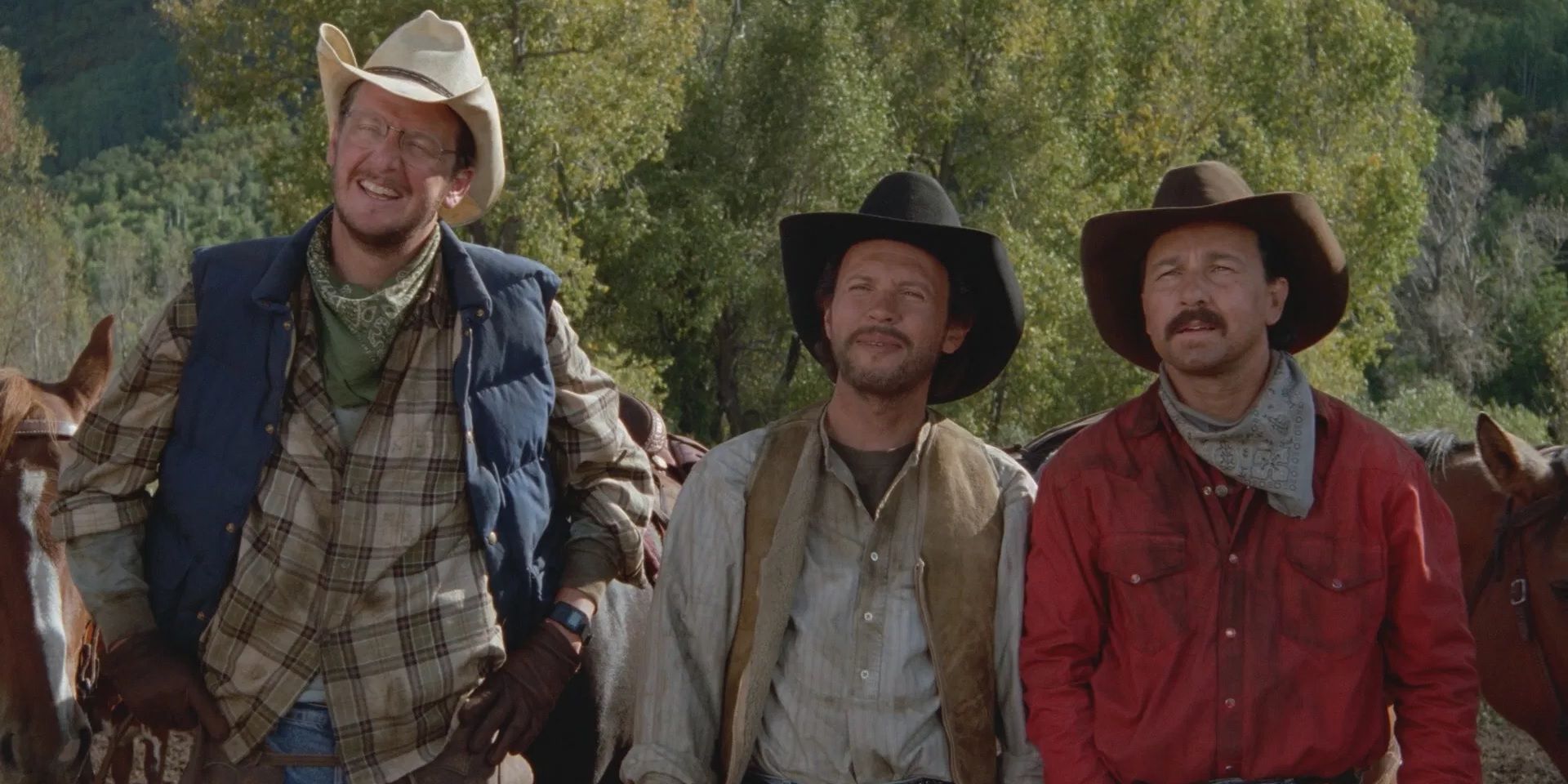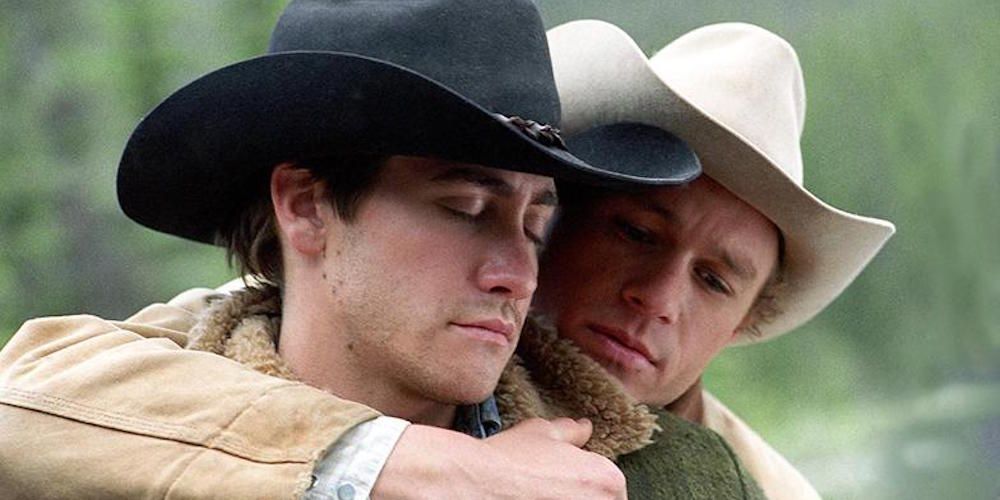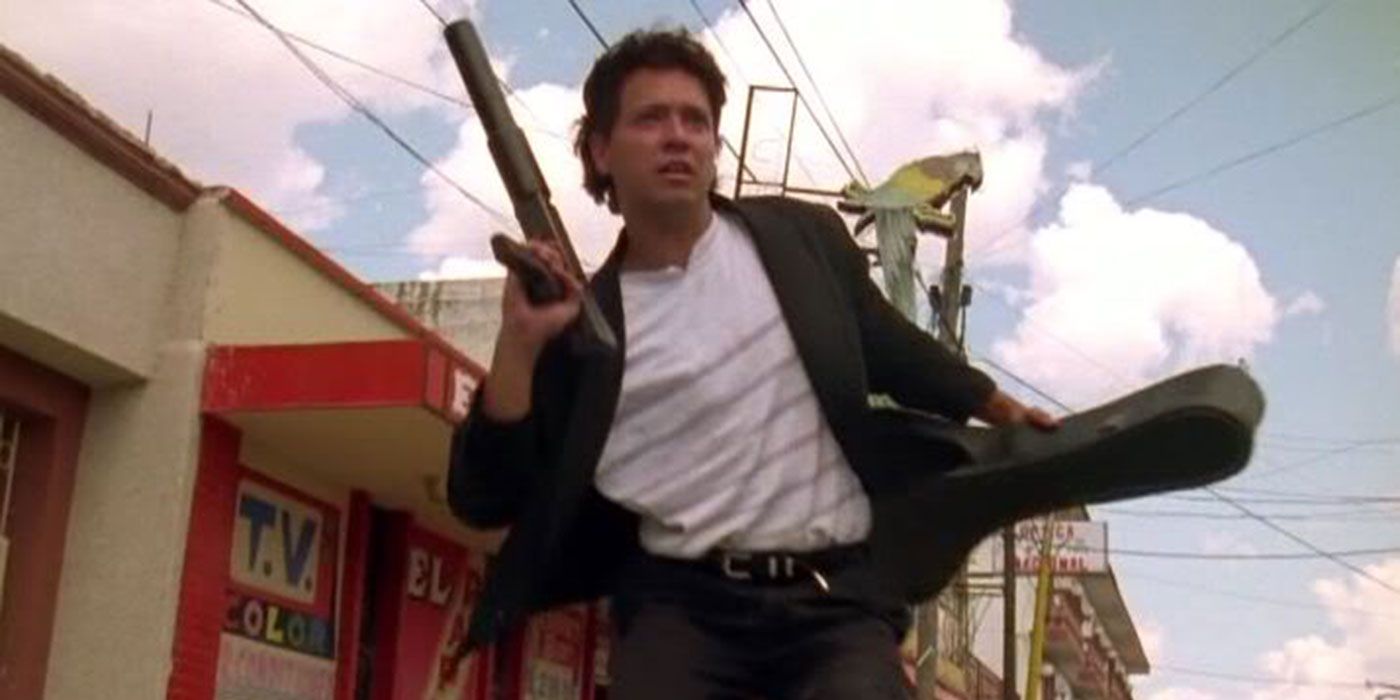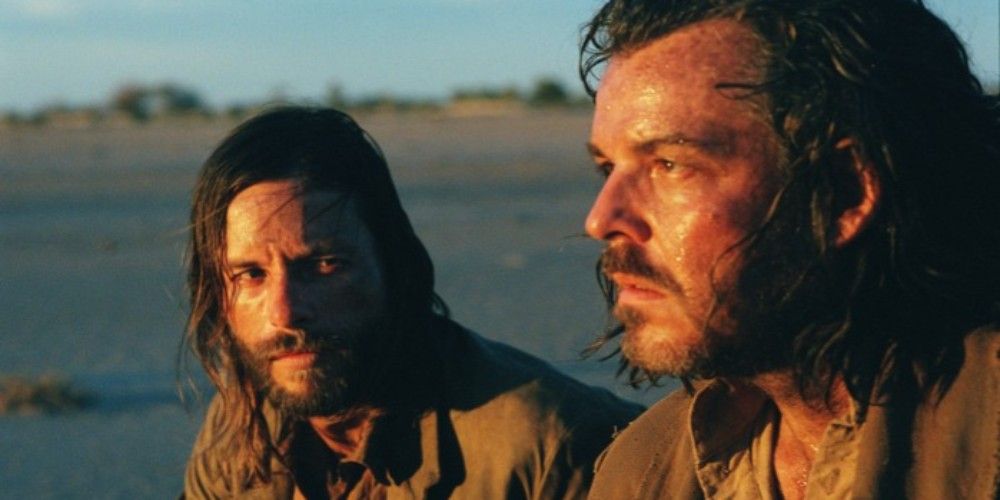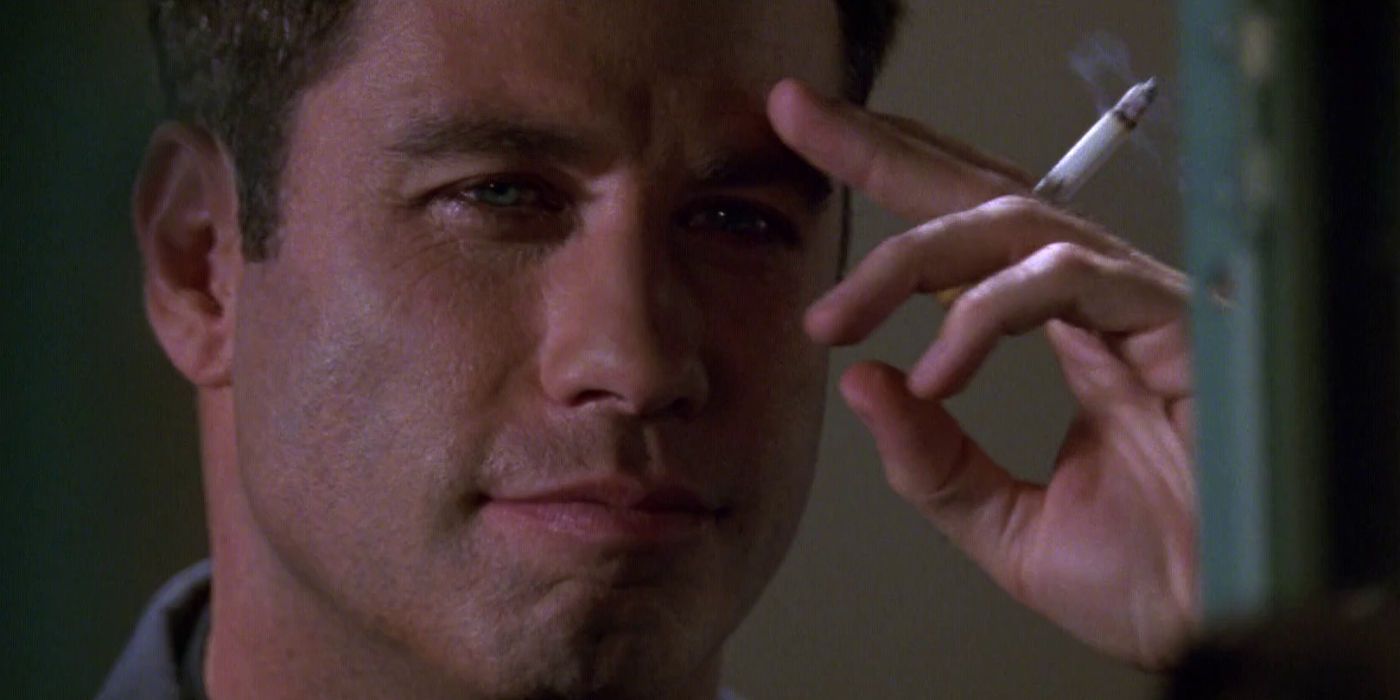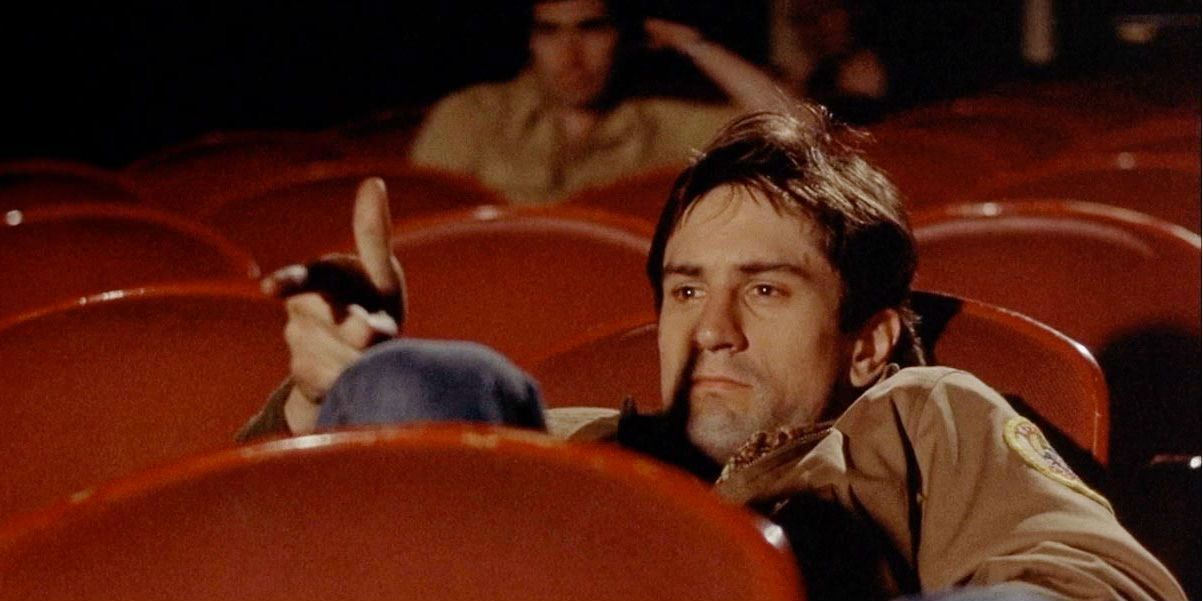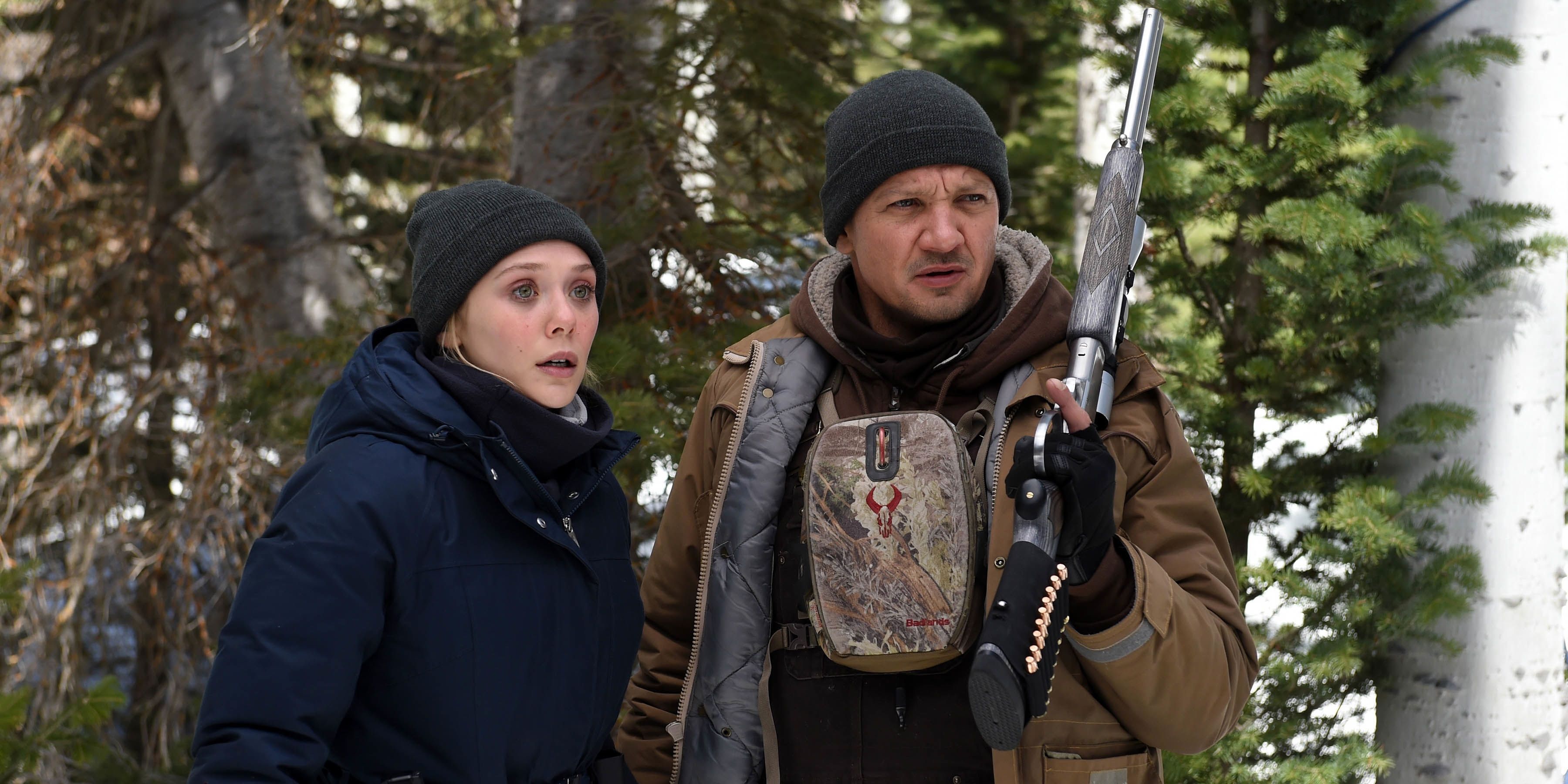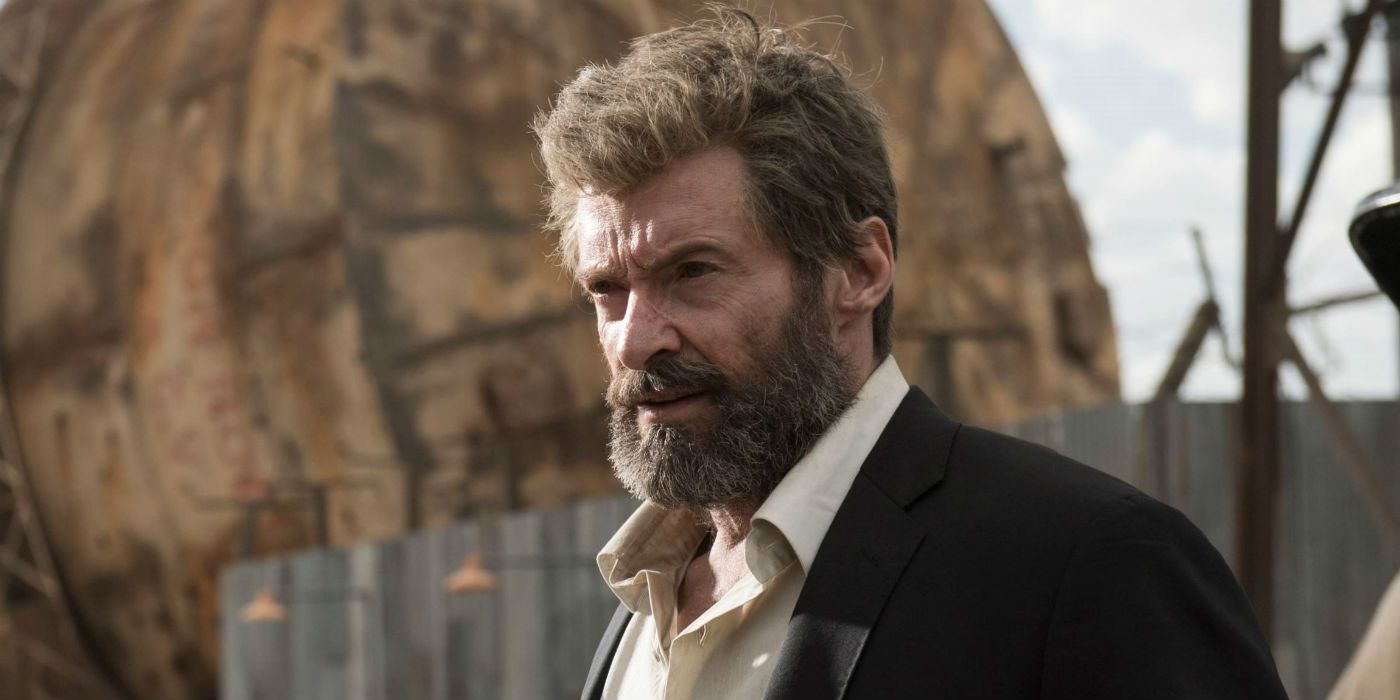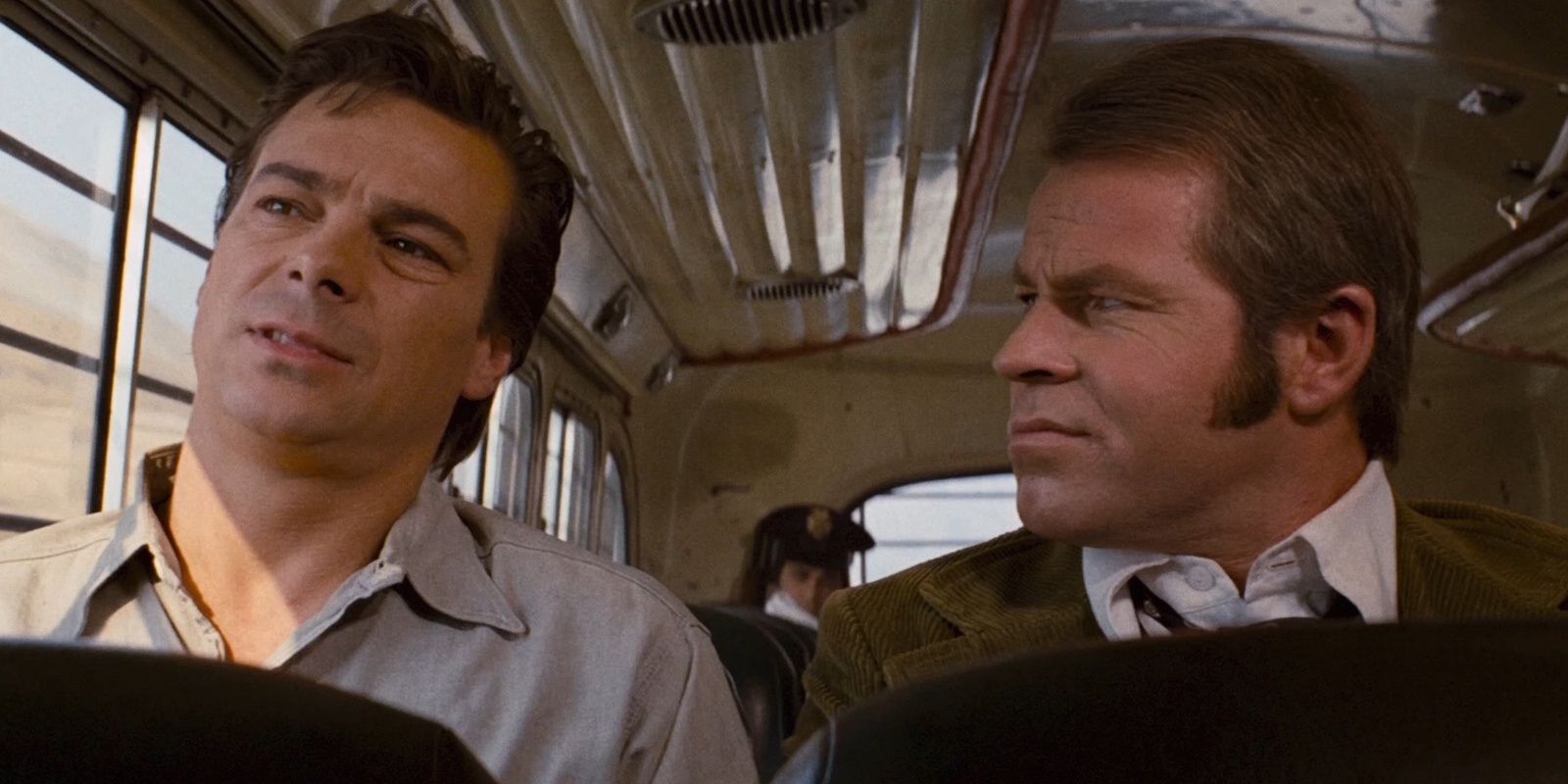The Coen brothers’ critically acclaimed No Country for Old Men, adapted from the novel of the same name by Cormac McCarthy, is a prime example of the neo-western genre. Much like the neo-noir, the neo-western takes the tropes and motifs and themes of the traditional western and transplants them into a modern setting, as opposed to the usual placement in frontier times.
With bleak desert landscapes, senseless violence, corrupt lawmen, and morally dubious antiheroes running from a dark past, the neo-western produces some powerful movies. Here are the 10 Smartest Neo-Westerns To Watch If You Like No Country For Old Men.
Hell or High Water
The setup of Hell or High Water is the same as a dozen westerns we’ve seen before: a couple of crooks drive across West Texas, robbing banks and evading a by-the-book lawman. The twist here is that it takes place today, and it has a powerful message about the state of the economy. These two guys, played by Chris Pine and Ben Foster, have only resorted to robbing banks because they can’t afford to make their mortgage payments, they’re going to lose their home, and they have no other options. They’re products of their society. Jeff Bridges was nominated for an Oscar for his performance as the cop on the bank robbers’ trail.
City Slickers
Obviously, the most popular blend of the western and the comedy is Mel Brooks’ seminal parody Blazing Saddles, but since it’s set in 1874, it counts as more of a revisionist western than a neo-western, despite its many, many anachronisms. City Slickers, on the other hand, is a hilarious western set in the present day. Billy Crystal leads a group of white-collar guys who head to a dude ranch to help with a cattle drive. Jack Palance, known for playing the menacing and iconic villain in Shane, plays the rancher here. The humor comes from the fact that these guys have grown up on cowboy movies, but they don’t know the first thing about being a cowboy.
Brokeback Mountain
Ang Lee’s Brokeback Mountain controversially lost out to Paul Haggis’ Crash for the Academy Award for Best Picture. While both are great films, Brokeback Mountain is easily the better of the two. And not only that, it’s easy to compare the two side-by-side, because they’re both technically “social issues” movies. Crash deals with racism and Brokeback Mountain deals with homophobia. The difference is that Crash is very on-the-nose; it’s very overt in pointing out racial tensions and what’s wrong with them. Lee’s film is a lot more powerful than that, because it doesn’t cram the issue down your throat. It’s just a love story between two people whose place in time and society keeps them apart. By making it about the characters, the importance of the issue comes through more naturally.
El Mariachi
The feature directorial debut for Robert Rodriguez, the writer-director who would go on to give us such disparate franchises as Spy Kids and Machete, El Mariachi set the Guinness World Record for the cheapest film (its budget was a measly $7,225, mostly achieved through Rodriguez doing a lot of the behind-the-scenes jobs himself) to crack $1 million at the box office.
Shot in the northern Mexican border town of Ciudad Acuña, Coahuila, El Mariachi is a story of mistaken identity as a mariachi is mistaken for an infamous criminal by a murderous gang. Rodriguez chronicled the making of the film in his book Rebel Without a Crew.
6. The Proposition
Falling into the category of “bushranger movies,” or “meat pie westerns,” or “kangaroo westerns,” which is to say, a western set in the Australian outback, The Proposition is a particularly bleak neo-western helmed by John Hillcoat, who would go on to direct such similarly bleak movies as The Road and Lawless. The plot sees a lawman apprehending an infamous outlaw and telling him he has nine days to assassinate his older brother or they’ll execute his younger brother. Like any great movie, it’s about a character who is faced with a difficult decision, and what they decide to do will shape who they are at their core.
Broken Arrow
Although it’s framed as a John Woo action thriller, 1996’s Broken Arrow is as much a western as anything else. Christian Slater and John Travolta star as two characters with the most action movie-ish names ever conceived: Riley Hale and Vic Deakins. Would-be Justified creator and Speed screenwriter Graham Yost wrote the script, which revolves around a band of terrorist outlaws who steal nuclear weapons from the U.S. government, and the Park Ranger and pilot who attempt to get the nukes back. Broken Arrow’s use of train-based sequences, desert landscapes, and gun-toting standoffs place it squarely in the neo-western genre.
Taxi Driver
Martin Scorsese has said that his grisly ‘70s vigilante thriller Taxi Driver was inspired by John Ford’s seminal western The Searchers. Travis Bickle is a traditional western antihero living in the wrong century. He’s just returned from war (in Taxi Driver, it’s the Vietnam War, as opposed to the Civil War, as is the case in a lot of westerns) and he’s sickened by the lawlessness in his town (in this case, New York City at the height of its seediness).
His crusade of vigilante justice is driven by meeting an underage prostitute and resenting a Presidential candidate’s duplicitous campaign.
Wind River
After writing the terrific screenplays for Sicario and Hell or High Water, Taylor Sheridan tried his hand at directing with Wind River, a movie that combines the neo-western with the murder mystery. A pair of Marvel actors – Elizabeth Olsen (Scarlet Witch) and Jeremy Renner (Hawkeye) – star in Wind River as an FBI agent and a U.S. Fish and Wildlife Service tracker, respectively, as they attempt to solve a murder on the Wind River Indian Reservation in Wyoming. Sheridan wrote the film to draw attention to the startlingly high number of Indigenous women who are raped and murdered in the United States to this day.
Logan
Logan works as a comic book reinvention of Shane for the same reason that Joker works as a comic book reinvention of Martin Scorsese’s Taxi Driver and The King of Comedy. James Mangold didn’t just put the motifs and plot points of Shane into a Wolverine movie – he also put in the same themes, the unseen things that made Shane truly great. In Logan, we find a burned-out Wolverine who is running from his legacy and reluctant to help people, because people who get close to him wind up dead. When he meets his cloned daughter Laura, a.k.a. X-23, he pushes her away until he feels compelled to save her and the next generation of mutants.
Assault on Precinct 13
Easily one of the greatest action thrillers of the 1970s, Assault on Precinct 13 is a product of John Carpenter’s incredible artistic mind: he wrote it, he directed it, he edited it, he composed the score – behind the scenes, it’s all him. The script was originally entitled The Anderson Alamo, and it was heavily inspired by Howard Hawks’ classic western Rio Bravo. Gangbangers swarm a police station, armed to the teeth, after swearing a blood oath to exact revenge on the police of Los Angeles for killing six gang members. As the police struggle to fight back, a breathtaking ultraviolent thriller is born.

